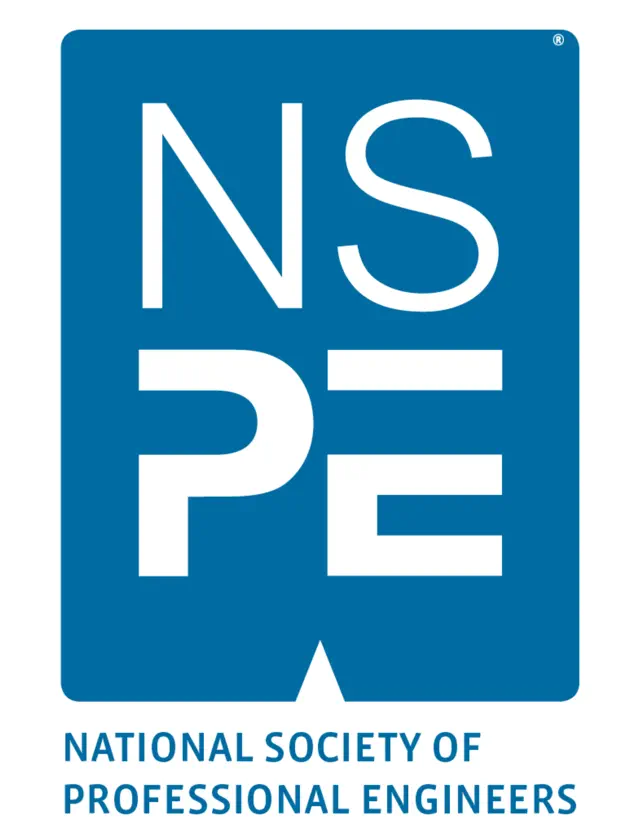May 2014
CONCEPTS
A Call for Entrepreneurship Education
BY BABATUNDE A. OGUNNAIKE
 In 1957, a sophomore chemical engineering student at the University of Delaware conceived the idea for an innovative multiconductor wiring strip. The resulting invention, the MULTI-TET cable—now used in computers, communications, and process control equipment—became the first patent for Robert “Bob” Gore, and the company founded by his parents in their Newark, Delaware, basement. Today, W. L. Gore & Associates, manufacturer of Gore Tex, is a global company with more than 10,000 employees and more than $3 billion in annual sales. I cannot help but wonder how many others in the class of 1959 would have become world-class entrepreneurs like Gore but “fell through the cracks” because no formal training in entrepreneurship existed at the time.
In 1957, a sophomore chemical engineering student at the University of Delaware conceived the idea for an innovative multiconductor wiring strip. The resulting invention, the MULTI-TET cable—now used in computers, communications, and process control equipment—became the first patent for Robert “Bob” Gore, and the company founded by his parents in their Newark, Delaware, basement. Today, W. L. Gore & Associates, manufacturer of Gore Tex, is a global company with more than 10,000 employees and more than $3 billion in annual sales. I cannot help but wonder how many others in the class of 1959 would have become world-class entrepreneurs like Gore but “fell through the cracks” because no formal training in entrepreneurship existed at the time.
 From a palate of basic science, and a training in problem identification and formulation, engineers have used the myriad paintbrushes of the engineering discipline to produce some true “masterpieces” of innovative solutions to each generation’s most pressing problems. For example, 18th and 19th century physics, especially the thermodynamics of Ludwig Boltzmann, Nicolas Léonard Sadi Carnot, J. Willard Gibbs, Hermann von Helmholtz, to name just a few, provided the basis for the internal combustion engine, air conditioning, and much more, making possible such 20th century amenities as the automobile and HVAC systems which, today, we take for granted. Similarly, harnessing the basic science of chemistry led to the engineering of processes for manufacturing fertilizers, paints, various polymers, and other advanced materials. And in the 21st century, the basic science of biology and information theory continue to drive innovations in genetic engineering, biomedical devices, computer and information technology, and who knows what else.
From a palate of basic science, and a training in problem identification and formulation, engineers have used the myriad paintbrushes of the engineering discipline to produce some true “masterpieces” of innovative solutions to each generation’s most pressing problems. For example, 18th and 19th century physics, especially the thermodynamics of Ludwig Boltzmann, Nicolas Léonard Sadi Carnot, J. Willard Gibbs, Hermann von Helmholtz, to name just a few, provided the basis for the internal combustion engine, air conditioning, and much more, making possible such 20th century amenities as the automobile and HVAC systems which, today, we take for granted. Similarly, harnessing the basic science of chemistry led to the engineering of processes for manufacturing fertilizers, paints, various polymers, and other advanced materials. And in the 21st century, the basic science of biology and information theory continue to drive innovations in genetic engineering, biomedical devices, computer and information technology, and who knows what else.
And yet, creativity and innovation are not enough. It is not enough for us to conceive of solutions and walk away after publishing the results in our journals. From their very first day in an engineering program, 21st century students must be made to understand that even the most innovative solutions can only make the world better if they make it into the marketplace. The engineer does not necessarily have to be the one to take that final step of commercialization, but she or he must fully appreciate the importance of that step. To expedite the time from ideation to commercialization, the 21st century engineer must be exposed to the principles and practice of entrepreneurship.
While there are literally hundreds of definitions of “entrepreneurship,” most agree on what characterizes the entrepreneurial spirit:
- It entails creativity, innovation, recognizing and pursuing opportunity, and substantial risk-taking;
- It can be nurtured and developed; and
- It is essential to a nation’s ability to succeed and remain competitive in today’s marketplace.
Why incorporate entrepreneurship into engineering training when it is obvious that not everyone can or will be an entrepreneur? To answer this question, I appeal to Shakespeare, who, through the character Malvolio in Twelfth Night said, “Be not afraid of greatness. Some are born great, some achieve greatness, and others have greatness thrust upon them.”
My experience tells me that the vast majority of today’s engineering students want careers that contribute to the social good—careers that make our world cleaner, our people healthier, and our lives immeasurably richer. Some of these students are “born entrepreneurs”; for them, we want to nurture the gift and provide them every opportunity to develop it to the fullest. Even Michael Jordan benefited from a good coach, as Wynton Marsalis did from a good trumpet teacher. Others may not be “natural born entrepreneurs,” but I believe that with proper training and exposure, some of them will “catch the bug” and go on to achieve great things.
Finally, I will not underestimate the power of a sound education within an ecosystem that promotes entrepreneurship as a matter of course, and thereby creates in the student a reservoir of latent knowledge and ability available to be called on at the appropriate time. Students exposed to such an environment may be unaware of what they have absorbed until thrust by the vicissitudes of life into circumstances requiring the exercise of entrepreneurial principles. I contend that all can appreciate, absorb, and comprehend (and hence benefit from) an impartation of the entrepreneurial spirit.
If we are to live up to our reputation as creative problem solvers who make a lasting impact on the world, 21st century engineering education must include entrepreneurial principles and immerse students in an ecosystem that nurtures innovation and entrepreneurship. We owe it to our students and to our nation.
Babatunde A. Ogunnaike is dean of the College of Engineering at the University of Delaware.


 Volunteering at NSPE is a great opportunity to grow your professional network and connect with other leaders in the field.
Volunteering at NSPE is a great opportunity to grow your professional network and connect with other leaders in the field. The National Society of Professional Engineers (NSPE) encourages you to explore the resources to cast your vote on election day:
The National Society of Professional Engineers (NSPE) encourages you to explore the resources to cast your vote on election day:



